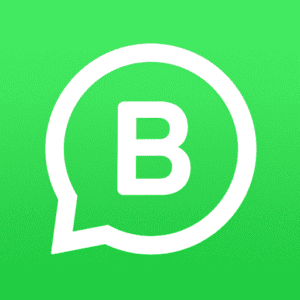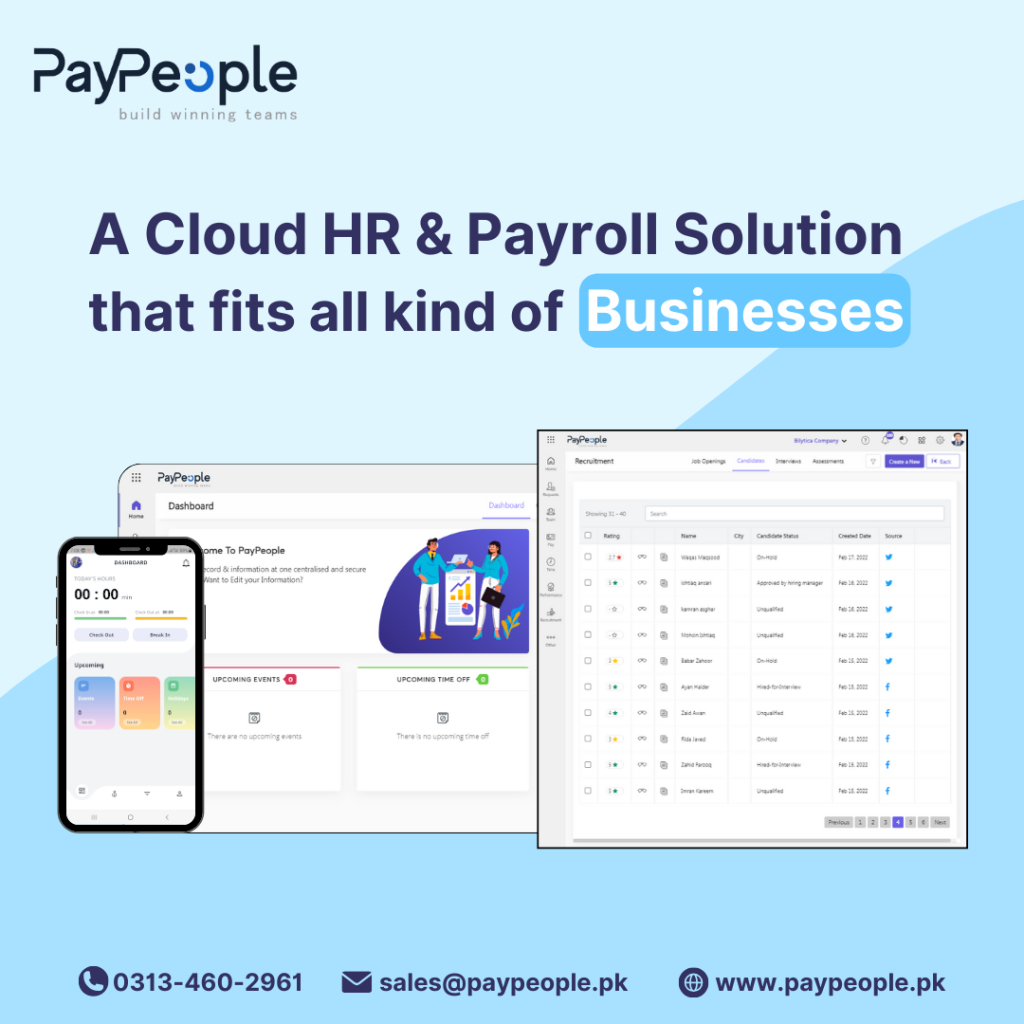In the evolving landscape of business operations, the demand for accuracy, compliance, and efficiency is greater than ever. One critical area where these factors converge is payroll management. Organizations of all sizes must ensure that their employees are compensated correctly and on time while adhering to regulatory obligations. This is where Payroll Software emerges as an indispensable tool—streamlining operations, minimizing errors, and empowering HR professionals to focus on strategic growth.
What is Payroll Software?
Payroll Software is a digital solution designed to automate and manage employee salary processing, tax deductions, benefits administration, and compliance with labor laws. It simplifies complex calculations, reduces manual intervention, and generates detailed reports, all within a secure and scalable framework.
Whether deployed as an on-premise system or accessed through the cloud, modern payroll software solutions provide user-friendly interfaces, seamless integration with HR and accounting systems, and customizable features tailored to specific business needs.
Key Features of Payroll Software
A robust payroll software solution typically offers a suite of features to enhance efficiency and compliance. These include:
1. Automated Salary Calculations
The software automatically calculates employee wages, factoring in elements such as basic pay, allowances, bonuses, deductions, and taxes. This automation eliminates the risk of human error and ensures timely and accurate payments.
2. Tax Compliance and Reporting
Payroll software is designed to comply with local tax laws and regulations. It helps businesses generate tax forms, calculate deductions, and stay up-to-date with regulatory changes, thereby avoiding costly penalties.
3. Direct Deposit and Payslip Generation
It facilitates direct deposit of salaries into employee bank accounts and allows the generation and distribution of digital payslips, ensuring convenience and confidentiality.
4. Leave and Attendance Integration
Many payroll systems integrate with Attendance and Leave Management software, enabling real-time syncing of work hours, absences, and leave balances with payroll calculations.
5. Employee Self-Service Portals
These portals enable employees to access their payslips, tax information, and leave balances at any time, thereby reducing HR queries and enhancing transparency.
6. Customizable Payroll Rules
From overtime policies to variable pay structures, payroll software allows customization to suit diverse organizational policies and workforce structures.
Benefits of Payroll Software
Implementing payroll software offers several strategic advantages for organizations:
Accuracy and Reduced Errors
By automating calculations and data entry, payroll software drastically reduces the likelihood of errors that can lead to financial discrepancies and employee dissatisfaction.
Time and Cost Efficiency
Manual payroll processing is time-consuming and resource-intensive. Automation frees up HR personnel to focus on higher-value tasks, ultimately reducing administrative costs.
Improved Compliance
Staying compliant with ever-evolving tax laws and labor regulations is a daunting task. Payroll software ensures timely updates and audit-ready reporting to meet legal obligations.
Data Security
Payroll data is highly sensitive. Reputable software solutions offer robust encryption, role-based access, and secure cloud storage to protect confidential employee information.
Scalability
Whether managing a workforce of 10 or 10,000, payroll software can scale with the growth of your business, making it a future-ready investment.
Choosing the Right Payroll Software
When selecting payroll software for your organization, consider the following:
-
Local compliance support: Ensure it caters to regional laws and tax structures.
-
Integration capabilities: Look for compatibility with your existing HR, attendance, and accounting systems.
-
User experience: A simple, intuitive interface will enhance user adoption.
-
Vendor support: Reliable customer service and regular software updates are essential.
-
Customization and scalability: The solution should adapt to your business’s evolving needs.
The Future of Payroll: Intelligent and Insightful
As digital transformation continues to shape the workplace, payroll software is becoming smarter with the integration of Artificial Intelligence (AI) and Machine Learning (ML). These technologies enable predictive analytics, anomaly detection, and personalized employee experiences, setting the stage for a more intelligent payroll ecosystem.
Additionally, mobile applications and cloud-based platforms are enhancing accessibility, allowing payroll processing and approvals on the go, even across geographically dispersed teams.
Conclusion
Payroll management is no longer just an administrative function—it is a strategic pillar of employee satisfaction and operational efficiency. Embracing payroll software is not merely about automation; it’s about enabling precision, ensuring compliance, and empowering growth. In a world where every second and every dollar count, payroll software stands as a vital investment for forward-thinking organizations.
You can explore our other blogs like:
- How HR Software is Transforming Pakistani Workplaces
- Essential Reasons to Use Payroll Software in Pakistan
- Attendance Challenges and How Software Can Solve Them


